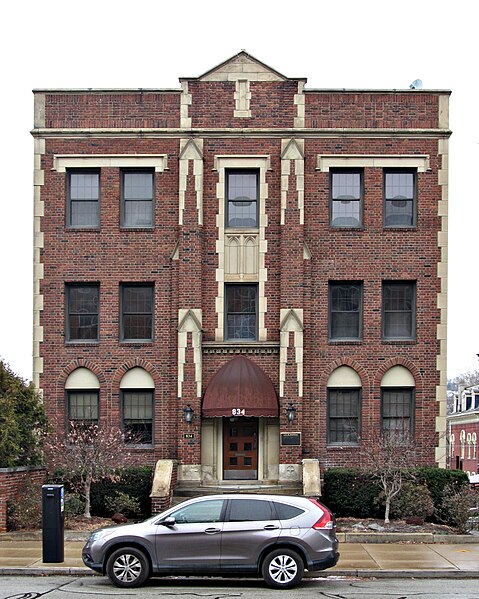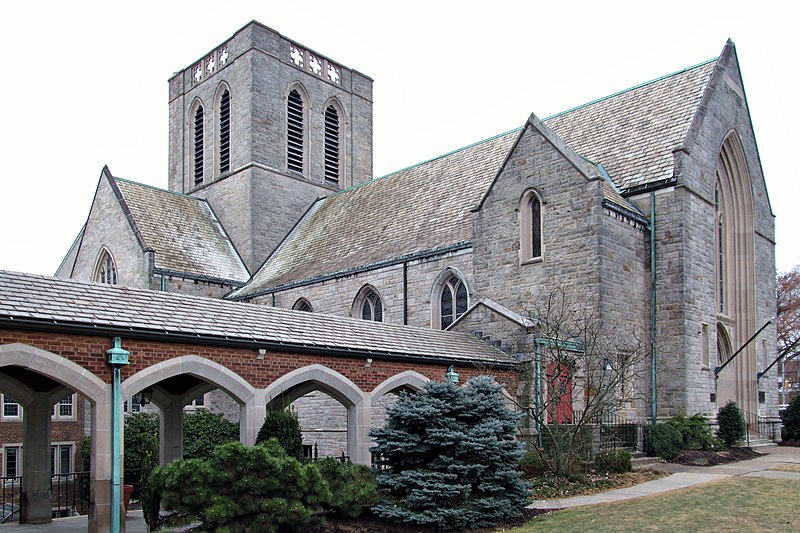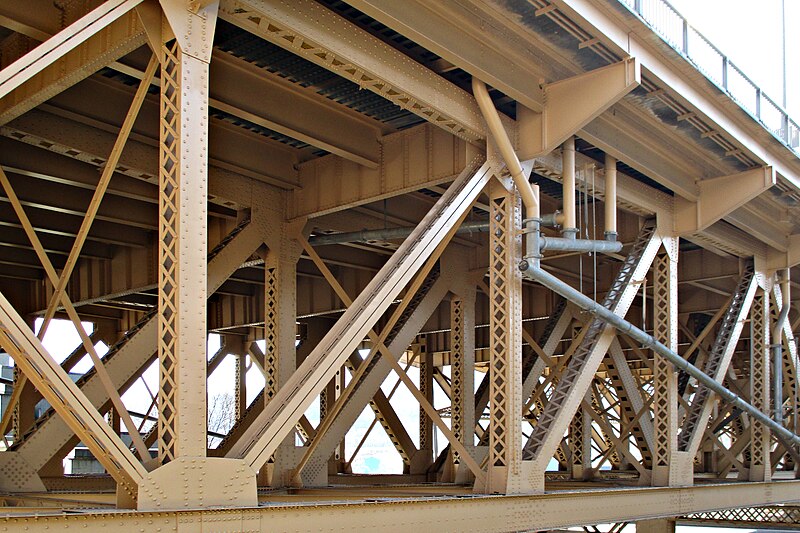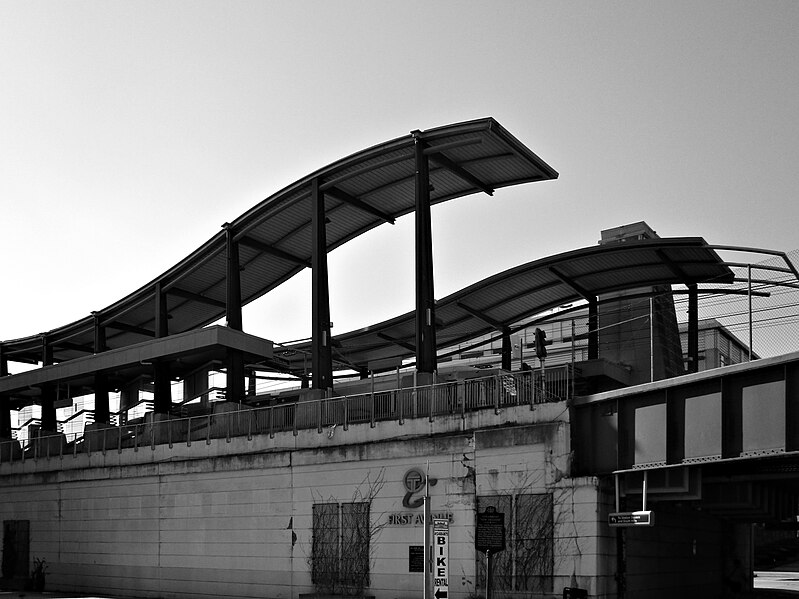
Well, this one didn’t quite work.
Old Pa Pitt has mentioned how he enjoys seeing the experiments builders try with small apartment buildings. Here we see a builder who seems to have absorbed some of the ideas of modernism and added some Craftsman-style details: the three-over-one windows, the decorative brickwork, the wood-framed entrance. But the details seem applied at random, and a modernist architect would have been more regular in the geometry. Note the lack of rhythm or alignment in the windows, which throws off the whole façade. The second and third floors have windows in groups of 2, 1, 3, 2; the first floor has groups of 2, 1, 2, 1, and they do not line up at all with the windows above them. The entrance does not line up vertically or horizontally with anything else in the building; its awkward corner placement seems to leave some of the trim hanging off the edge.
Someone will probably come along and tell Father Pitt that this building is by a famous modernist architect, and old Pa Pitt will only say that the architect was having a bad day.













